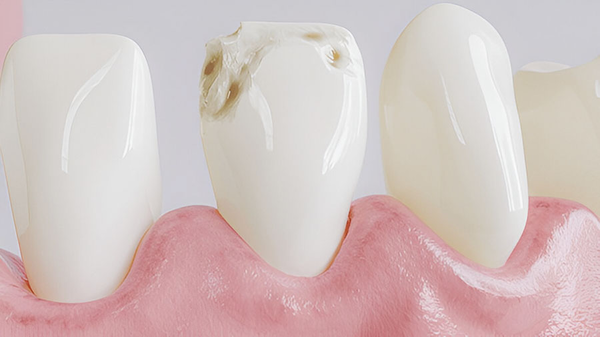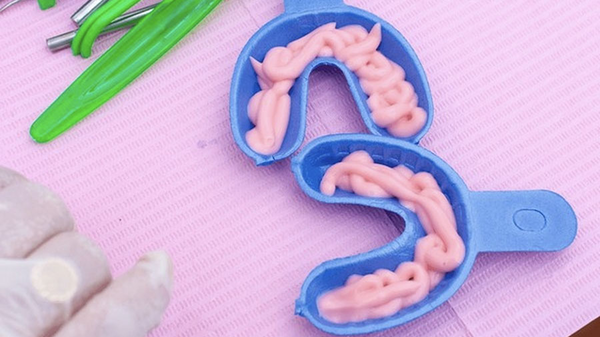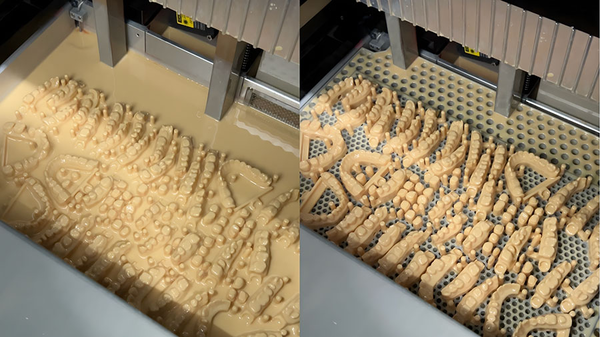Bioactive materials represent a transformative innovation in dentistry, offering restorative solutions that actively interact with living tissues to promote healing and regeneration. Unlike traditional materials that serve as passive fillers, bioactive materials stimulate biological responses, making them a cornerstone for modern dental laboratory applications.
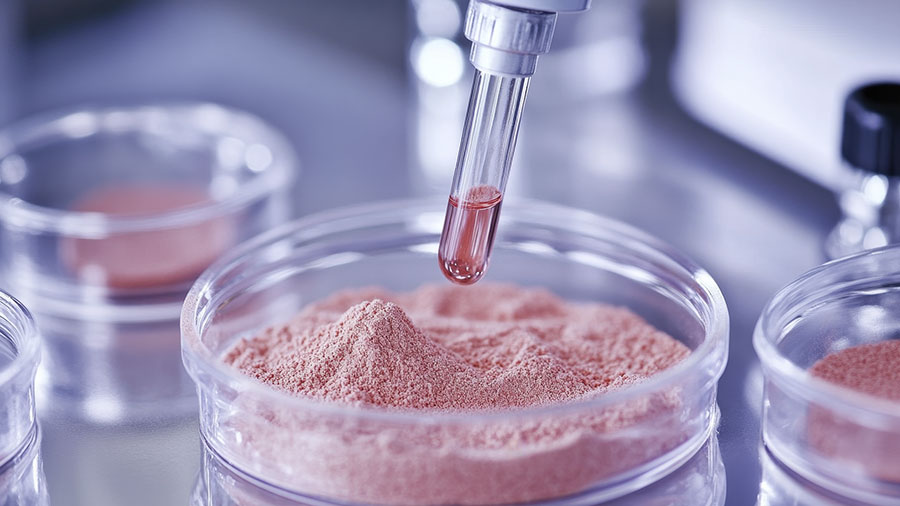
Table of contents [Show]
Bioactive materials represent a transformative innovation in dentistry, offering restorative solutions that actively interact with living tissues to promote healing and regeneration. Unlike traditional materials that serve as passive fillers, bioactive materials stimulate biological responses, making them a cornerstone for modern dental laboratory applications. This article explores the definition, types, properties, laboratory applications, clinical benefits, and future directions of bioactive materials, with a focus on their role in restorative and implant dentistry.

Definition and Overview
Bioactive materials are specially designed to interact with biological tissues, stimulating the body's natural healing processes. Their defining feature is their ability to release beneficial ions such as calcium, phosphate, fluoride, and silicate, which play a critical role in remineralization, tissue regeneration, and antimicrobial activity.
Unlike traditional materials, bioactive materials form a direct chemical bond with dental tissues and bone, bypassing the need for connective tissue intervention. This unique property enables them to integrate seamlessly into the oral environment, promoting long-term stability and enhanced clinical outcomes.
Types of Bioactive Materials
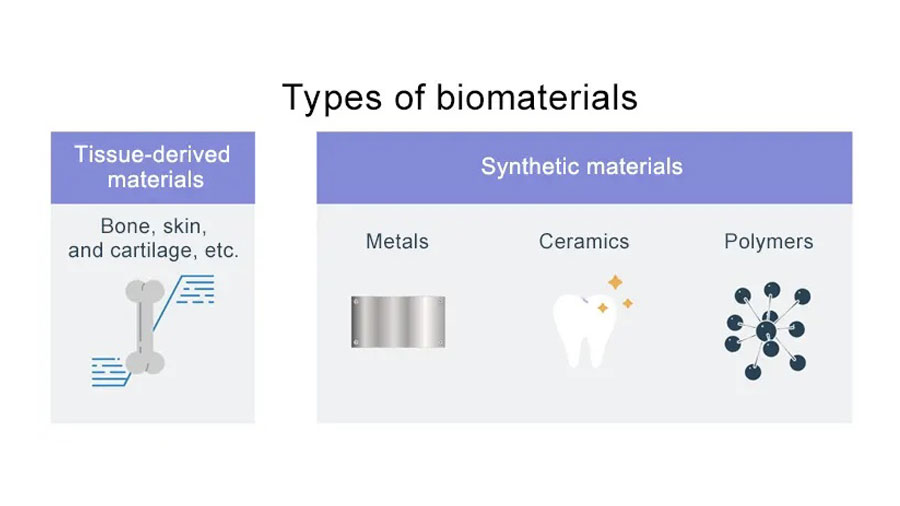
Bioactive materials can be categorized into several types based on their composition and applications:
Bioactive Glasses
Composition: Silicon dioxide, calcium oxide, sodium oxide, and phosphorus pentoxide.
Key Feature: Can convert to hydroxyapatite (a natural mineral in teeth and bone) in a controlled manner.
Applications:
Dental restorative materials.
Mineralizing agents for enamel and dentin.
Coating materials for dental implants.
Pulp capping agents.
Root canal treatments.
Bioactive Glass-Ceramics
Composition: Crystallized forms of bioactive glasses.
Key Feature: Enhanced mechanical properties compared to traditional bioactive glasses.
Applications:
Restorative materials with improved strength.
Controlled hydroxyapatite formation for remineralization.
Calcium Phosphate-Based Materials
Types:
Hydroxyapatite (HA): Mimics the natural mineral composition of teeth and bones.
Tricalcium Phosphate (TCP): A resorbable material that promotes bone regeneration.
Biphasic Calcium Phosphates: A combination of HA and TCP for optimized performance.
Applications:
Bone graft substitutes.
Ridge preservation materials.
Sinus lift procedures.
Key Properties and Mechanisms
Bioactive materials possess unique properties that make them invaluable in dental applications:
Ion Release Capabilities
Calcium ions: Promote remineralization and dentin bridge formation.
Phosphate ions: Essential for hydroxyapatite formation.
Fluoride ions: Enhance resistance to acid attacks and support remineralization.
Silicate ions: Stimulate osteoblast activity and bone formation.
Bioactivity Mechanisms
Surface reactions with body fluids lead to the formation of a hydroxycarbonate apatite (HCA) layer, which bonds directly with tissues.
Stimulation of cellular responses, including osteoblast and odontoblast activity, accelerates tissue repair and regeneration.
Laboratory Applications and Procedures
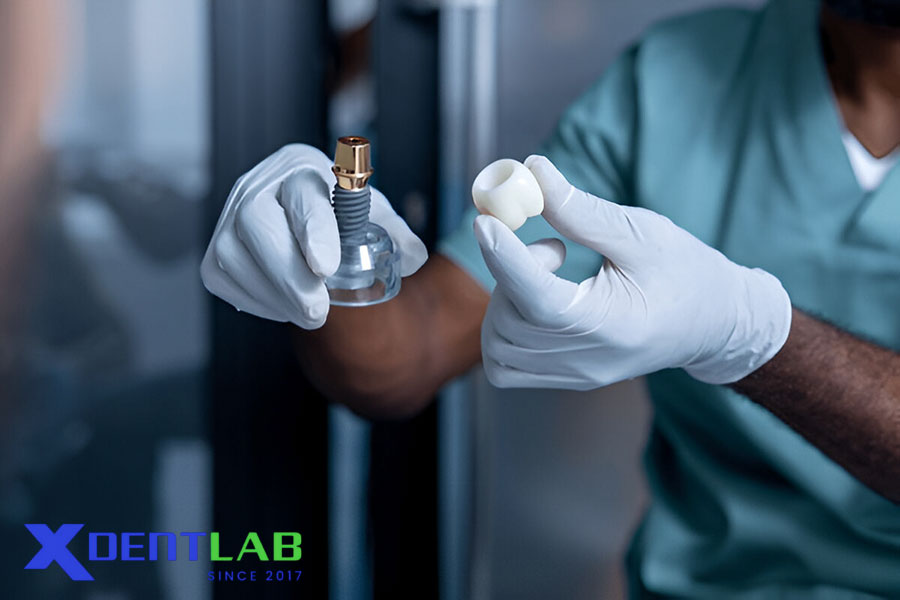
Bioactive materials have diverse applications in dental laboratories, particularly in restorative and implant-related procedures:
Restorative Applications
Base and liner materials: Protect pulp and promote dentin formation.
Pit and fissure sealants: Prevent caries while releasing remineralizing ions.
Composite resin additives: Enhance the bioactivity of traditional composites.
Cement formulations: Improve bonding and remineralization at the restoration margins.
Direct pulp capping agents: Stimulate dentin bridge formation and maintain pulp vitality.
Coating materials for titanium implants: Enhance osseointegration.
Bone graft substitutes: Support bone regeneration in edentulous areas.
Ridge preservation materials: Prevent alveolar bone loss post-extraction.
Sinus lift procedures: Facilitate bone formation in sinus augmentation surgeries.
Clinical Benefits
Bioactive materials offer a range of clinical advantages that make them superior to traditional restorative materials:
Primary Advantages
Remineralization potential: Actively repair early carious lesions by depositing minerals.
Antibacterial properties: Alkaline pH inhibits bacterial growth and reduces secondary caries risk.
Biocompatibility: Excellent tissue response with minimal inflammatory reactions.
Reduced sensitivity: Seal dentinal tubules, alleviating post-operative sensitivity.
Long-term stability: Continuous ion release ensures sustained benefits over time.
Tissue Responses
Enhanced dentin formation and pulp vitality.
Accelerated bone healing and osseointegration.
Reduced inflammatory responses, promoting faster recovery.
Material Processing in Dental Labs
To maximize the benefits of bioactive materials, dental labs must adhere to specific handling and quality control protocols:
Handling Considerations
Protect materials from moisture sensitivity during storage.
Follow precise mixing protocols to ensure optimal bioactivity.
Maintain temperature control during processing to preserve material properties.
Use proper curing techniques to sustain ion release capabilities.
Quality Control Measures
Verify ion release profiles to ensure therapeutic efficacy.
Assess mechanical properties such as strength and durability.
Conduct biocompatibility testing to confirm safety.
Perform surface characterization to evaluate bonding potential.
Current Commercial Products
Several bioactive materials are available on the market, offering diverse solutions for dental professionals:
Bioactive composites: ACTIVA BioACTIVE (Pulpdent).
Bioactive cements: Ceramir (Doxa Dental).
Calcium silicate materials: Biodentine (Septodont).
Bioactive glass products: NovaMin technology (used in Sensodyne toothpaste).
Future Directions and Innovations
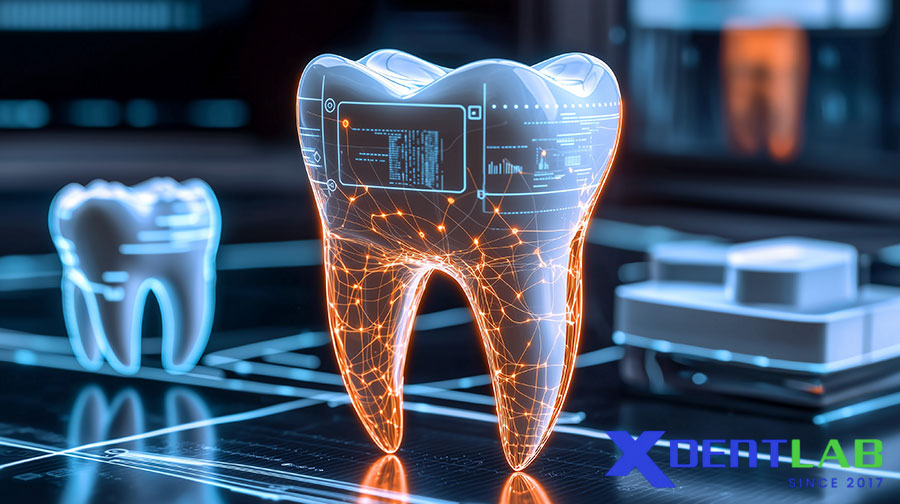
The field of bioactive materials is rapidly evolving, with ongoing research focused on enhancing their properties and expanding their applications:
Emerging Technologies
Nano-structured bioactive materials: Improved surface area for enhanced bioactivity.
Smart materials: Controlled ion release tailored to specific clinical needs.
Combination therapies: Integration with growth factors for superior tissue regeneration.
3D-printed bioactive scaffolds: Customizable solutions for complex cases.
Research Focus Areas
Enhanced mechanical properties for broader applications.
Optimized ion release kinetics for sustained clinical benefits.
Improved handling characteristics for ease of use in dental labs.
Cost-effective manufacturing methods to increase accessibility.
Regulatory Considerations
Bioactive materials must meet stringent regulatory requirements to ensure safety and efficacy:
FDA compliance: Biocompatibility testing, clinical efficacy demonstration, and manufacturing quality control are mandatory.
Proper labeling: Clear instructions for handling and application are essential.
Conclusion
Bioactive materials are revolutionizing restorative and implant dentistry by shifting the focus from passive repairs to active tissue regeneration. Their unique properties, including ion release, biocompatibility, and remineralization potential, make them invaluable in modern dental laboratory applications.
As a trusted leader in dental lab services, XDENT LAB is committed to integrating cutting-edge bioactive materials into our processes, ensuring superior outcomes for dental practices and their patients. By staying at the forefront of innovation, we continue to deliver solutions that meet the highest standards of quality, compliance, and performance.
XDENT LAB is an expert in Lab-to-Lab Full Service from Vietnam, with the signature services of Removable & Implant, meeting U.S. market standards – approved by FDA & ISO. Founded in 2017, XDENT LAB has grown from local root to global reach, scaling with 2 factories and over 100 employees.. Our state-of-the-art technology, certified technicians, and commitment to compliance make us the trusted choice for dental practices looking to ensure quality and consistency in their products.

Our commitments are:
100% FDA-Approved Materials.
Large-Scale Manufacturing, high volume, remake rate < 1%.
2~3 days in lab (*digital file).
Your cost savings 30%.
Uninterrupted Manufacturing 365 days a year.
Contact us today to establish a strategy to reduce operating costs.
--------❃--------
Vietnam Dental Laboratory - XDENT LAB
🏢 Factory 1: 95/6 Tran Van Kieu Street, Binh Phu Ward, Ho Chi Minh City, Vietnam
🏢 Factory 2: Kizuna 3 Industrial Park, Can Giuoc Commune, Tay Ninh Province, Vietnam
☎ Hotline: 0919 796 718 📰 Get detailed pricing
Share this post:

